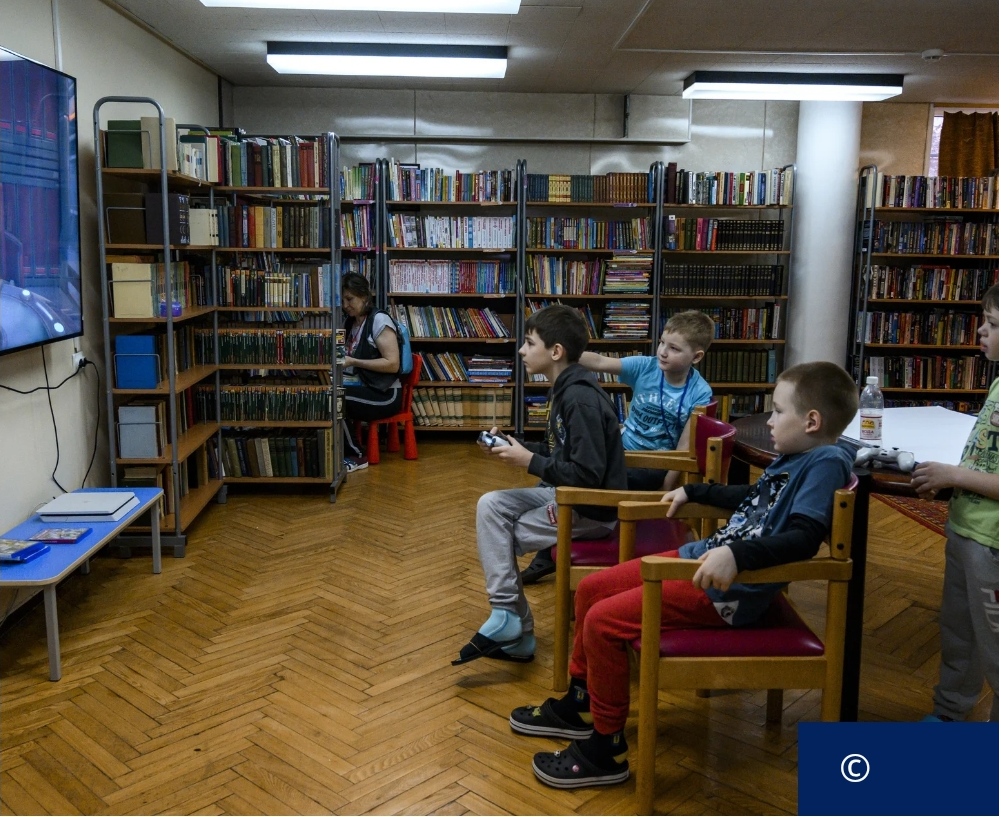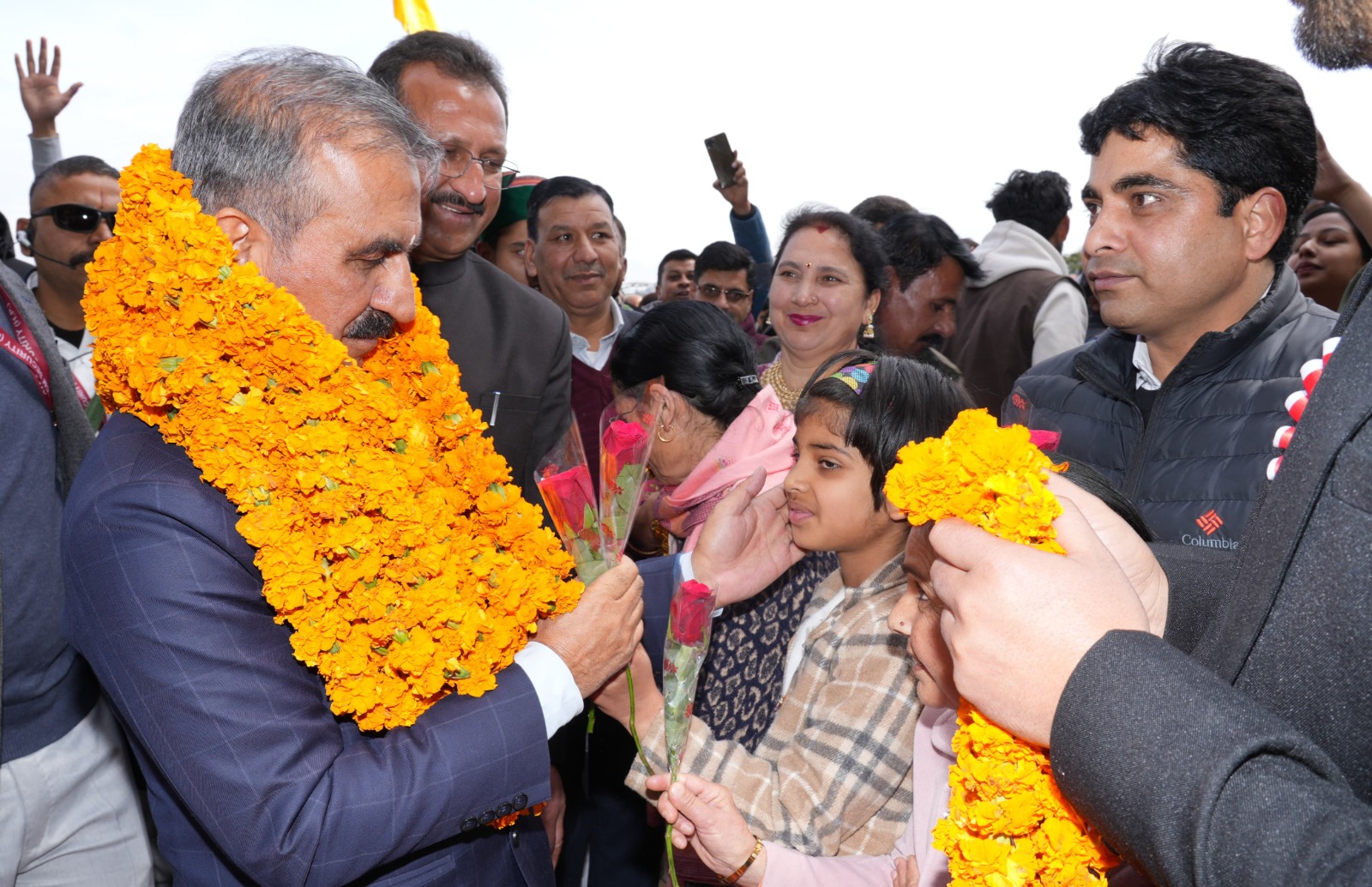WHO and ITU Launch Global Safe Listening Standard to Protect Gamers’ Hearing Ahead of World Hearing Day 2025.
Geneva:
In a landmark move aimed at safeguarding the hearing of millions of gamers worldwide, the World Health Organization (WHO) and the International Telecommunication Union (ITU) have introduced the first global standard for safe listening in video gameplay and esports activities. This initiative, launched ahead of World Hearing Day 2025, aims to reduce the risk of hearing loss caused by prolonged exposure to loud sounds during video gameplay.
Historically, there were no established guidelines or standards to address safe listening in the context of video games and esports. With the new standard, WHO and ITU seek to foster a safer audio environment for players, particularly among vulnerable groups like children, who are at greater risk of hearing damage due to their lower sound tolerance.
Dr. Jérôme Salomon, WHO Assistant Director-General for Universal Health Coverage, Communicable and Noncommunicable Diseases, emphasized the importance of taking proactive steps to preserve hearing health. “Everyone can take steps today to ensure good hearing health throughout their life,” said Dr. Salomon. “The WHO/ITU safe listening standard supports governments, manufacturers, civil society, and other stakeholders to foster safe listening environments, so that people of all ages can protect their ears and hearing, and even when playing video games, do not risk hearing loss.”
The gaming industry, which boasts around 3 billion players across devices such as personal computers, gaming consoles, and mobile phones, has become a dominant global entertainment force. Despite its growth, most video game devices and software lack the necessary features to protect users from harmful noise exposure, which can result in irreversible hearing damage. Children, in particular, are at risk due to their increased engagement in gaming and their heightened vulnerability to sound-related health issues.
The new WHO-ITU global standard includes a comprehensive approach to address the issue of safe listening across both hardware (gaming devices) and software (video games themselves). For gaming devices, the standard recommends several key features, including:
- Sound allowance tracking to monitor the player’s sound exposure.
- Safe listening messages that alert players when they are approaching harmful sound levels.
- User-friendly volume controls for easy adjustment of sound settings.
- A headphone safety mode that automatically adjusts the volume when switching between headphones and loudspeakers.
For video game software, the standard calls for:
- Safe listening warnings within games, highlighting the risks of prolonged exposure to loud sounds.
- Independent volume controls for different sound categories, allowing players to control the sound levels of music, sound effects, and dialogue separately.
- Adaptation of game soundtracks, genres, and design to incorporate safe listening features.
- A headphone safety mode within the game software that adjusts the audio output when players switch between headphones and speakers.
Seizo Onoe, Director of the Telecommunication Standardization Bureau at ITU, stressed the importance of collaboration in developing these standards. “As video gaming and esports continue to grow and gamers use a wider array of devices to access their content, safe listening standards are vital to help protect the hearing of users, especially children, from sounds which could damage their hearing,” said Onoe. “Creating effective technical standards requires collaboration that leverages each other’s strengths. We are grateful to our partners at WHO for their insight and experience in advancing safe listening, and are pleased to launch this update on World Hearing Day.”
This global standard is part of WHO’s Make Listening Safe initiative, which aims to improve listening practices, particularly among young people. The initiative is grounded in the latest scientific evidence and consultations with experts from diverse sectors, including government, industry, and civil society.
In addition to the newly launched standard, WHO and ITU have previously released two other safe listening standards: the H.870 WHO-ITU Global Standard for Safe Listening Personal Audio Devices and Systems (2019) and the WHO Global Standard for Safe Listening in Venues and Events (2022, adopted by ITU in 2024).
The new safe listening guidelines are a critical step in ensuring that the rapidly growing video gaming community is not only entertained but also protected from long-term hearing damage. With these new standards, WHO and ITU hope to create a safer, more sustainable environment for gamers everywhere, ensuring that the enjoyment of gaming does not come at the cost of hearing health.



